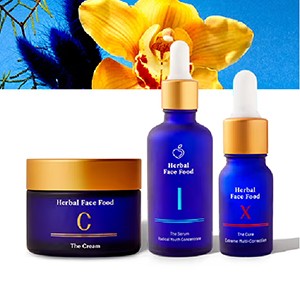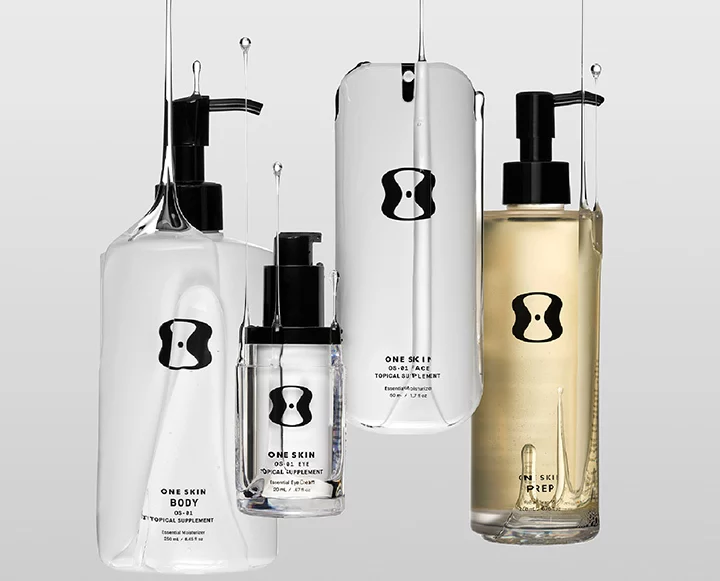We know to steer clear of suspiciously immortal packaged snacks, but potentially harmful food additives can live in a wide range of unexpected places too. Potentially harmful chemical preservatives, BHA and BHT, are ingredients found in foods like cereal and chips, as well as many common cosmetics. Creepy? We think so.
As with every product and ingredient in our Toxic Timeout Series, the concern here is about long-term behaviors. We’re less concerned about the danger of one bag of chips or one shower with a questionable shampoo then we are the cumulative effect of a lifetime of minor, but pervasive chemical exposures.
Amy Ziff, founder of certification group MADE SAFE is looking out for our future selves by sharing the facts on BHA and BHT…
What is it bht? Butylated hydroxytoluene (BHT) and butylated hydroxyanisole (BHA) are closely related chemicals – preservatives commonly used in cosmetics, personal care products (mainly shampoos, deodorants, body lotions), and even food and food packaging. BHT is a toluene-based ingredient; toluene is part of the so-called “toxic trio” commonly found in nail polish and is linked to reproductive harm.
What is the concern? These two chemicals are linked to a wide range of serious health problems, organ-system toxicity, skin irritation and more. BHA has been linked to reproductive and developmental toxicity.
+ The European Commission on Endocrine Disruption has listed BHA as a Category 1 endocrine disruptor, meaning there’s comprehensive evidence of endocrine disrupting effects.
+ BHA has been linked to reproductive and developmental toxicity and also been identified on California’s Proposition 65 list as a possible carcinogen.
+ The National Toxicology Program’s Report on Carcinogens as reasonably anticipated to be a human carcinogen.
While some say that in small doses either of these two chemicals won’t cause harm, they’re found in so many products from food to personal care that it’s hard to know if your exposure is on the low or the high side. Additionally, most endocrine disrupting chemicals are active at incredibly low doses. We suggest that you err on the side of caution and skip BHT and BHA where you can.
How do we avoid bht + bha? Luckily, BHT (butylated hydroxytoluene) and BHA (butylated hydroxyanisole) appear on labels, so you can read ingredient lists on cosmetics, personal care and food items to avoid them. You can also look for the MADE SAFE seal on products, as neither BHA nor BHT are permitted in any of our certified products. Check out MADE SAFE certified cosmetics and personal care products from Annmarie Skin Care, S.W. Basics, and True Botanicals for BHT- and BHA-free formulations.












